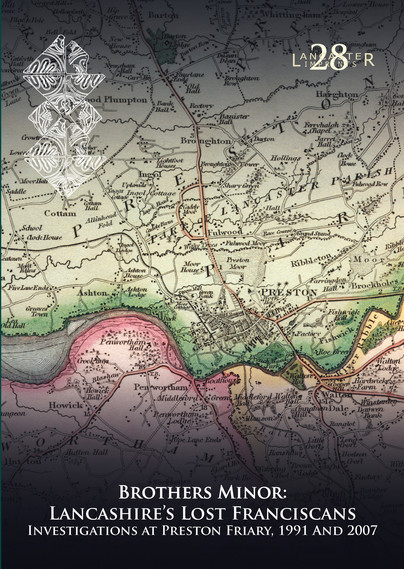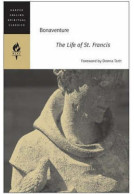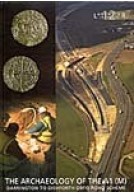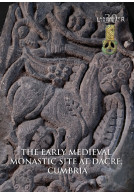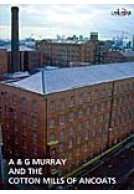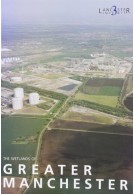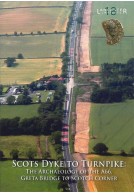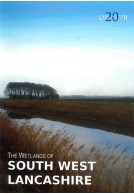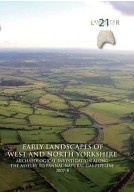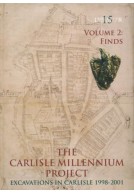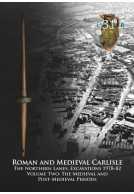Brothers Minor: Lancashire's Lost Franciscans (Paperback)
Investigations at Preston Friary 1991 and 2007
Imprint: Oxford Archaeology North
Series: Lancaster Imprints
Pages: 108
ISBN: 9781907686351
Published: 29th February 2020
Script Academic & Professional
Series: Lancaster Imprints
Pages: 108
ISBN: 9781907686351
Published: 29th February 2020
Script Academic & Professional
You'll be £12.00 closer to your next £10.00 credit when you purchase Brothers Minor: Lancashire's Lost Franciscans. What's this?
+£4.99 UK Delivery or free UK delivery if order is over £40
(click here for international delivery rates)
Need a currency converter? Check XE.com for live rates
(click here for international delivery rates)
Need a currency converter? Check XE.com for live rates
In 1991 and 2007, development-led excavations close to Preston’s historic centre revealed significant medieval remains. Although badly damaged, these included the foundations of a substantial stone building with cobbled footings and corner buttresses. Several east/west-aligned burials, some with oak coffins, lay inside and around the structure; their presence, together with finds of painted window glass and line-impressed floor tiles, indicated an ecclesiastical origin to the building.
Post-excavation analysis, funded by Historic England, included scientific dating of the human remains and organic materials, which suggested that burial took place between the thirteenth and sixteenth centuries. This matched the occupation of the Franciscan friary of St Clare, founded in the locale in c 1260, dissolved in 1539, and subsequently lost to Preston’s industrial development. The intramural burials comprised men, women, and children, and are likely to represent members of benefactory families interred within a chapel on the north side of the friary church. Palaeoenvironmental evidence from a ditch that skirted the chapel implied that the area was rather damp, and it is possible that subsidence related to these conditions necessitated alteration of the building: a wall and buttress were expanded over an earlier extramural burial. The same area saw the addition of at least one wall tomb.
Traces of other parts of the church and conventual areas were identified from the investigations in 1991, and, coupled with comparative analysis, allow tentative reconstruction of the wider precinct. The friaries of the North West have seen little detailed study, and this rare discovery of once-lost remains has greatly enhanced an understanding of the organisation of mendicant houses and the lives of their communities in the region.
Customers who bought this title also bought...
Other titles in the series...
Other titles in Oxford Archaeology North...







